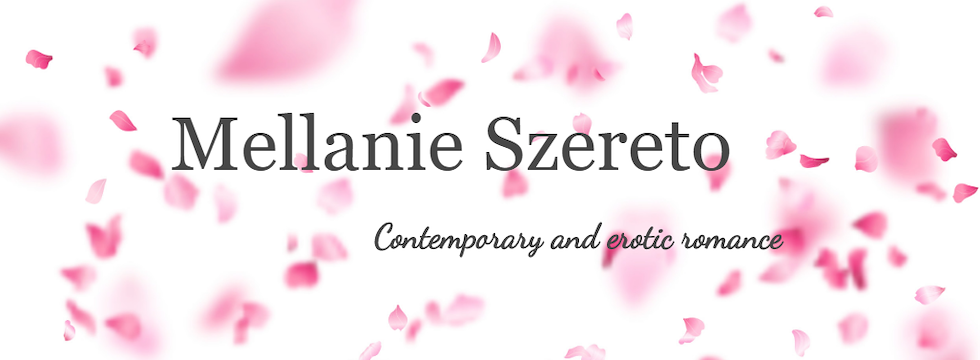Welcome to Writing Tip Wednesday! Self-publishing offers writers another choice on the road to publication, whether they’re already traditionally published and/or e-press published, or unpublished. Although the author maintains control of the process, she also has a lot of hard work ahead of her. Education about self-publishing and the publishing industry is vital to a good product and creating a professional image.
No matter which publishing path an author chooses, Preparing the Finished Book for publication is the first step. So, butt in chair and write. Once the book has been written, the polished manuscript sent out to an editor, critique partners, and beta-readers, and the tagline and blurbs written and tweaked, the story needs a Cover.
Research cover artists before the time comes to hire one. Ask for referrals and recommendations from other authors. Attend trade shows and check out each company’s/individual’s work. Search online for both original and stock covers.
Cover artists sometimes have a particular style that shows in every cover they create. Does the style fit the story/series? Will the same style carry through to each cover in the series?
Compare prices and what the price includes. Does the quoted price include a maximum number of changes to the proposed artwork? The author should have the final okay. Will the artist create multiple sizes of the cover for all the publishing platforms? What about print covers?
Check turnaround times. Can the cover be ready by the author’s planned reveal and release dates? Some artists are in high demand and may need to complete other projects first.
Does the contractor offer services like creating promotional artwork for bookmarks, post cards, magnets, etc. that complements the cover? Will she design a logo to fit the author’s publishing company name? Think author and book branding!
Always get a signed contract with an itemized list of all services and charges. It should also include a release statement on how the artwork may be used, like promotion and advertising in addition to book cover. Read and understand the contract BEFORE signing!
What makes an effective cover?
The text should be legible in thumbnail size. A reader’s first look at the cover is often a small size on the retailer’s site, whether in a bestsellers list, search list, or recommended buys list.
The cover should fit the story. An erotic romance shouldn’t have a cover that suggests inspirational or young adult romance. Young adult and inspirational books with erotic covers attract the wrong target audience as well. Be aware of retailers’ rules about adult content. Erotic romance covers with partial and full nudity are often flagged as not suitable for general searches, making the book more difficult for readers to find.
Use eye-friendly colors. Readers are usually drawn to covers with pleasing colors. Be sure the colors work well with the tone of the story.
Avoid using too many elements. An overly busy cover turns off readers instead of drawing their attention. Keep simplicity in mind when making suggestions to the artist.
The author’s name is as important as the title. Many readers make purchases based on the author of the book rather than the title. Choose a font and size that will work well on the entire series, and consider using the same font and size on all self-published books for a more recognizable name. Buyers can and do remember authors by the way their names look on covers.
Good covers help sell books. A poorly designed cover translates into a poorly written book to most readers—whether conscious or not—and a lost sale. Unless the author has exceptional artistic talent, is very skilled in Photoshop, and is knowledgeable about the retailers’ required formats and sizes, her best option is to leave the cover to a professional.
Check off the next item on the to-do list! Only 11 more to go!!!
The To-Do List
1) Finish the book.
2) Polish and edit the book.
3) Write taglines and blurbs.
4) Create or purchase cover art.
5) Purchase ISBNs, if using a single ISBN for all retailers using the same book format (print or e-book).
6) Create front and back matter.
7) Format for e-book and/or print.
8) Update website, blog, and social media.
9) Create metadata list.
10) Plan a marketing and promotion strategy.
11) Publish the book.
12) File copyright paperwork, if registering.
13) Add buy links to websites, blogs, and social media.
14) Implement marketing and promotion strategies.
15) Write the next book!
Be sure to check out the writing craft series, Writing Tip Wednesday: The Writing Craft Handbook, in e-book at Amazon and B&N and in print at Amazon and CreateSpace, and the writing career series, Writing Tip Wednesday: The Writing Career Handbook, in e-book at Amazon and B&N and in print at Amazon and CreateSpace.
Mellanie Szereto
Romance...With A Kick!

No comments:
Post a Comment